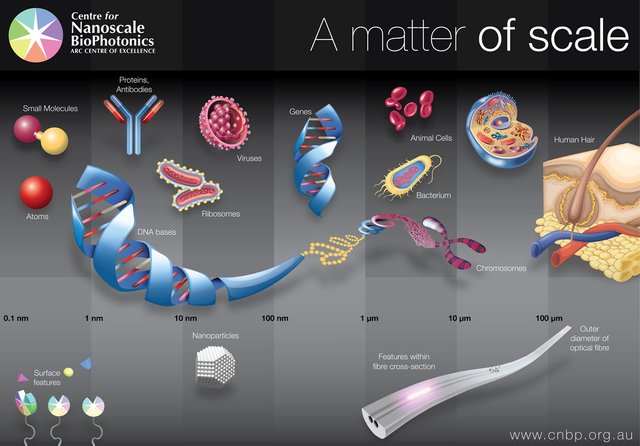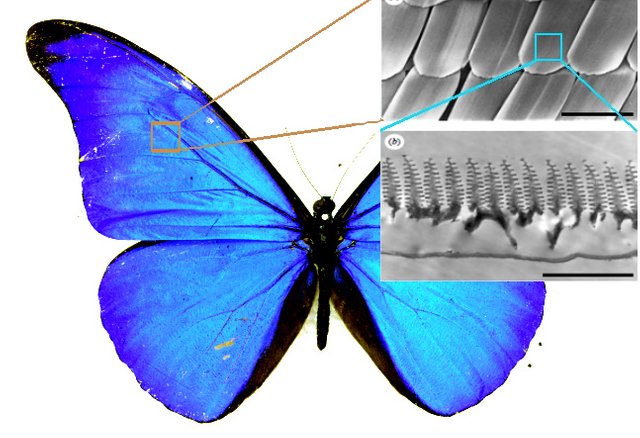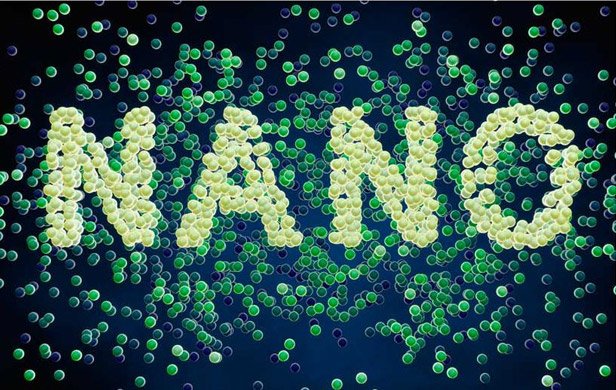Nanoscience: Life at nano scale
Hey Steemians, have you ever wonder how small a thing can be or how deep can we go to a system, today I am going to talk about the nanostructures which were there all the time.
"Nanoscience is the study of phenomena and manipulation of materials at atomic, molecular and macromolecular scales, where properties differ significantly from those at a larger scale".

“There’s Plenty of Room at the Bottom” American Physical Society Meeting at Caltech; December 29, 1959. (Richard Feynman)
Nanoscience is the study of structures and materials on the scale of nanometers. When structures are made small enough—in the nanometer size range—they can take on interesting and useful properties.
Nanoscale structures have existed in nature long before scientists began studying them in laboratories. A single strand of DNA, the building block of all living things, is about three nanometers wide.

The scales on a morpho butterfly’s wings contain nanostructures that change the way light waves interact with each other, giving the wings brilliant metallic blue and green hues. Peacock feathers and soap bubbles also get their iridescent coloration from light interacting with structures just tens of nanometers thick.
Scientists have even created nanostructures in the laboratory that mimic some of nature’s amazing nanostructures. Because nanostructures are so small, specialized methods are needed to manufacture objects in this size range. Scientists use beams of electrons or ions to etch features as small as 25 nanometers into metal, silicon and carbon-based materials. In addition to being formed on these solid material surfaces, nanostructures can also be formed in liquids.

In order to observe and study nanostructures, specialized equipment must be used. If you wanted to magnify something ten times, you could use a magnifying glass that fits in your pocket. If you wanted to magnify something 200 times, you would need a microscope that may weigh several pounds and take up part of a desk. To magnify nanoscale structures, high-powered microscopes that fill an entire room are needed! Nanoscience has already impacted our lives with innovations such as stain-resistant fabrics inspired by nanoscale features found on lotus plants and computer hard drives, which store information on magnetic strips that are just 20 nanometers thick.

Scientists and engineers from several disciplines including physics, chemistry, biology and materials science use nanoscience principles for advanced applications in energy, medicine, information storage, computing and elsewhere. Although breakthroughs in any research field are difficult to predict, the future of nanoscience will likely involve scaling up from atomic assembly and individual nanodevices to macroscopic systems and structures with evolving properties and multiple functions.
This was just a short overview of how small we can go? As Richard Feynman said about plenty of space at the bottom, there is a lot left to explore and I will be posting more on these nanostructures in the near future.
